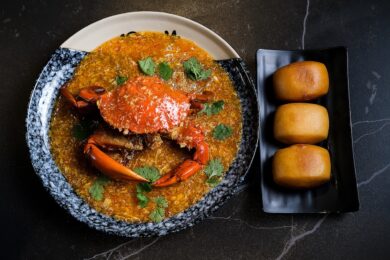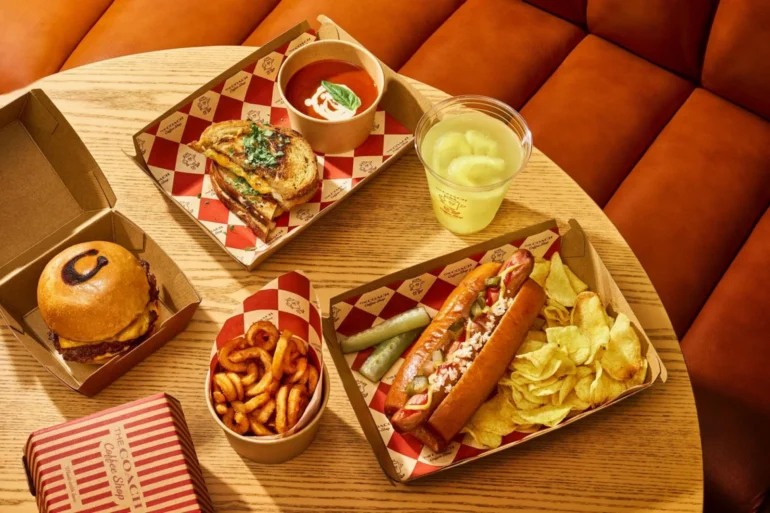With a hawker culture that has been given UNESCO status and a cultural melting pot of flavors, Singaporean food is not only nourishment for its people, but a pillar of their sovereignty and identity
In Singapore, food is more than sustenance—it’s the city-state’s story of national identity and pride. From hawker stalls serving dishes passed down through generations to high-end dining, the culinary landscape is as diverse as its people. UNESCO has even recognized hawker culture as part of the world’s intangible heritage.
Beyond this, Singapore’s cuisine plays a bigger role: it is soft power on a plate, its way of showcasing the country’s cultural diversity and fostering diplomacy. Its cuisine is the textbook definition of soft power as “a persuasive approach to international relations, typically involving the use of economic or cultural influence.”
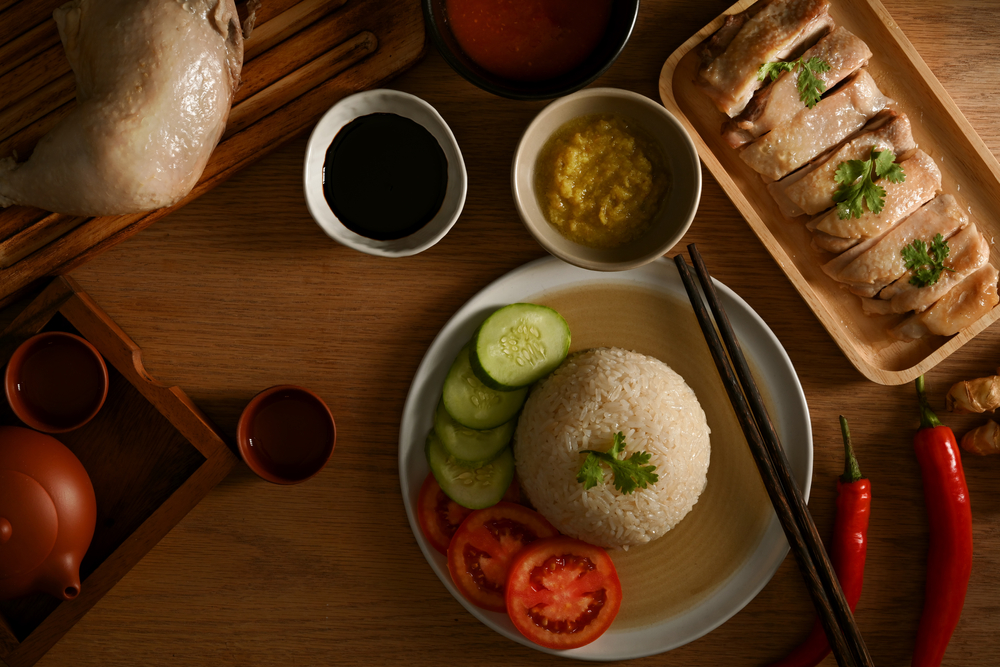
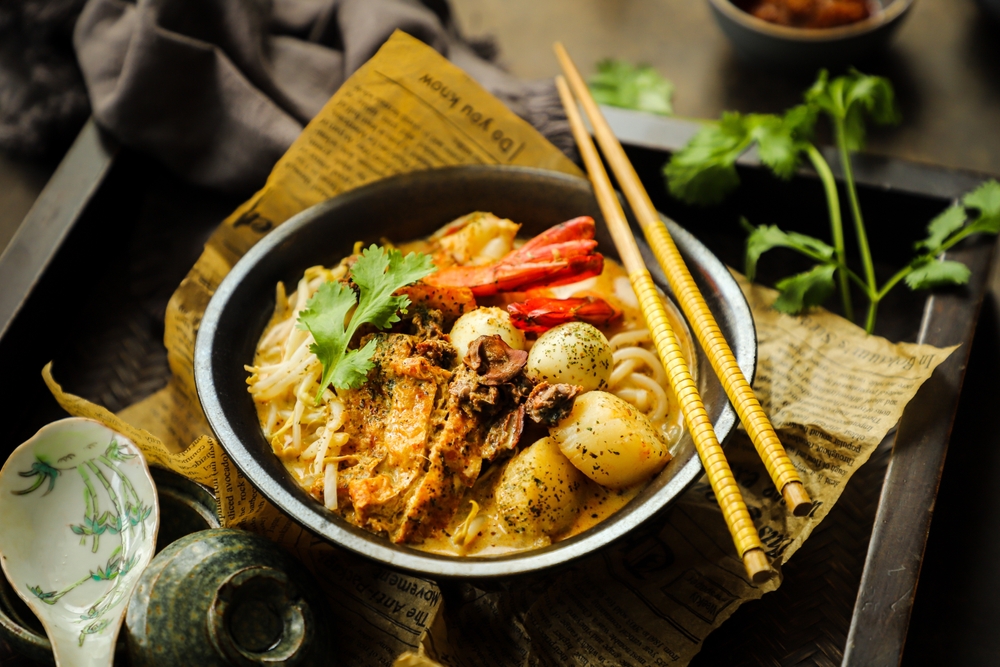
Singapore has built its dominant international presence with the help of its strengths (the highest GDP per capita in Southeast Asia making it one of the richest countries in the world) and virtues (its economic success is due widely to their strict anti-corruption policies as well as investing heavily on educating their human population).
What they lack in land area they make up for with their strategic location for trade, and a highly skilled work force that not only provides the population with its high standards of living but also expect it for themselves. Without a doubt, Singapore is the greatest economic power in the region and arguably throughout the world.
Related story: Your quick, pocket-friendly Michelin food guide to Southeast Asia
Related story: 6 reasons why Singapore is the ideal destination when traveling with children
Related story: Coach’s coffee shop in Singapore has chili crab soft serve—no kidding!
Related story: Upcoming attractions to explore in Singapore, Asia Pacific’s ‘best city’ for 2025
An intact heritage
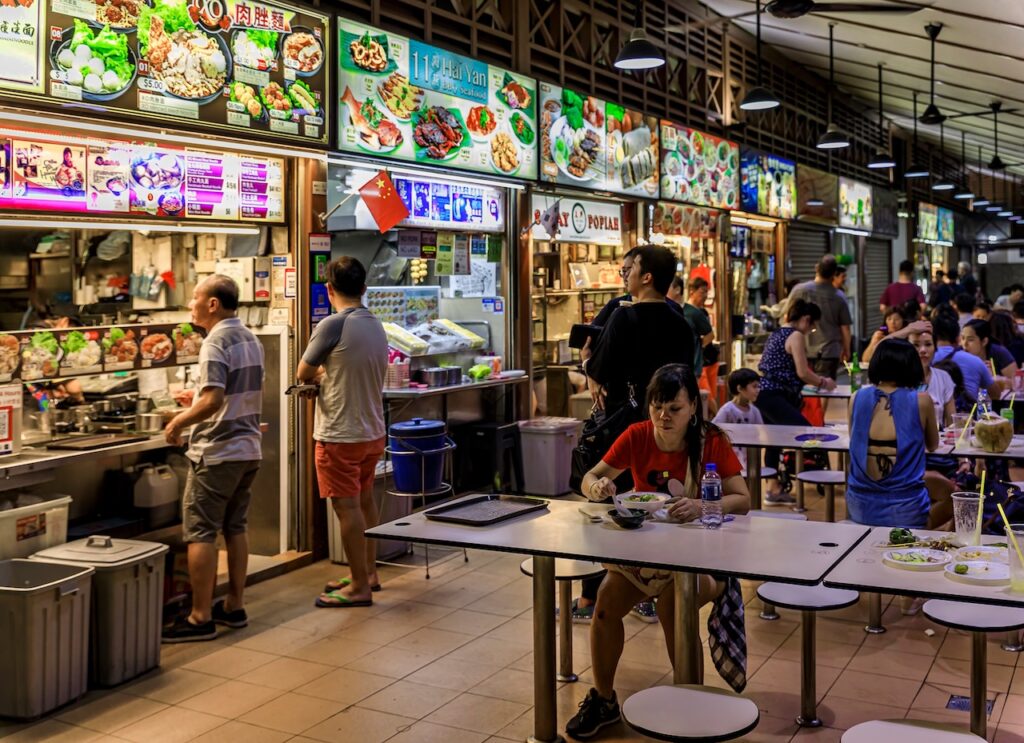
But more than the shiny and expensive hull they have built, Singaporeans understand the importance of keeping their substance profound, and their cultural heritage intact. While they do not have their own agriculture to speak of and rely on other nations’ farms to feed their citizens, their strategically located modern ports have made them a hub for trade, and this includes some of the best produce in the world. A visit to their many markets will show the diversity of the ingredients available to them, making it highly possible for Indian hawkers to offer fish biryani at Tekka Center or for plump Hokkaido scallops to grace the plates of their Michelin-starred restaurants.
Gerard Ho, former Singaporean ambassador to the Philippines and currently its permanent representative to ASEAN in Jakarta, agrees that their food plays an important role in maintaining their cultural relevance internationally. “Food is certainly a soft power for Singapore because I find it one of the reasons we get visitors,” he says.
Once in trouble of being lost in the ether of modernization and progress (most children of older hawkers are no longer predisposed to manual labor), dishes like satay, Peranakan laksa, and nasi lemak are ties to Singapore’s historical past that are now safely preserved as part of their cultural heritage.
Food is so important to their heritage, in fact, that he points out how their hawker culture was given UNESCO status in 2020 successfully putting it on the Representative List of Intangible Cultural Heritage of Humanity. More than a move to protect hawkers (those artisanal food stalls that serve cheap, homey dishes catered towards the working class) from dying out, it’s a means of getting the government involved in their preservation, to pique the private sector’s interest, and also for modern-day Singaporeans to develop an affinity for them.
Once in trouble of being lost in the ether of modernization and progress (most children of older hawkers are no longer predisposed to manual labor), dishes like satay, Peranakan laksa, and nasi lemak are ties to Singapore’s historical past that are now safely preserved as part of their cultural heritage.
Young people on board
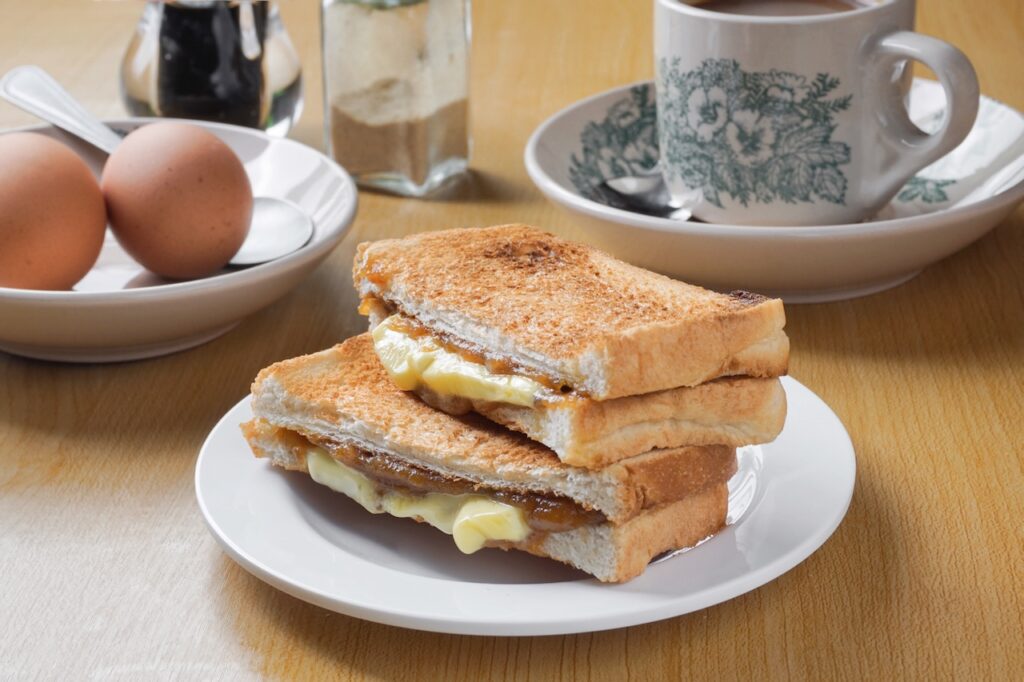
These days, a new generation of Singaporeans are keen on doing their part to protect this aspect of their heritage. Third-generation owners of Keng Eng Kee Seafood Paul, Wayne, and Jia Min Liew have decidedly taken the baton from their parents in the operations of their famous zi char eatery in Bukit Merah which is mostly surrounded by car shops and electronics stores. Instead of being cliquish, Paul intimates the importance of building a community wherein an appreciation for their culinary heritage will continue to flourish.
Before a dinner of their moonlight hor fun, black pepper crab, liver claypot, and fried squid with salted egg, he took our group to nearby micro-roaster and cafe Rookie’s Coffee where its young owner and barista, Junior, prepared their signature iced Bandung latte flavored with rose syrup.
“We love it when new (food and beverage) businesses open up near us, and young people take an interest in our local cuisine,” he admits. “It’s so important for the next generation to bring this part of Singaporean heritage with them and to keep it alive.”
A reason to visit
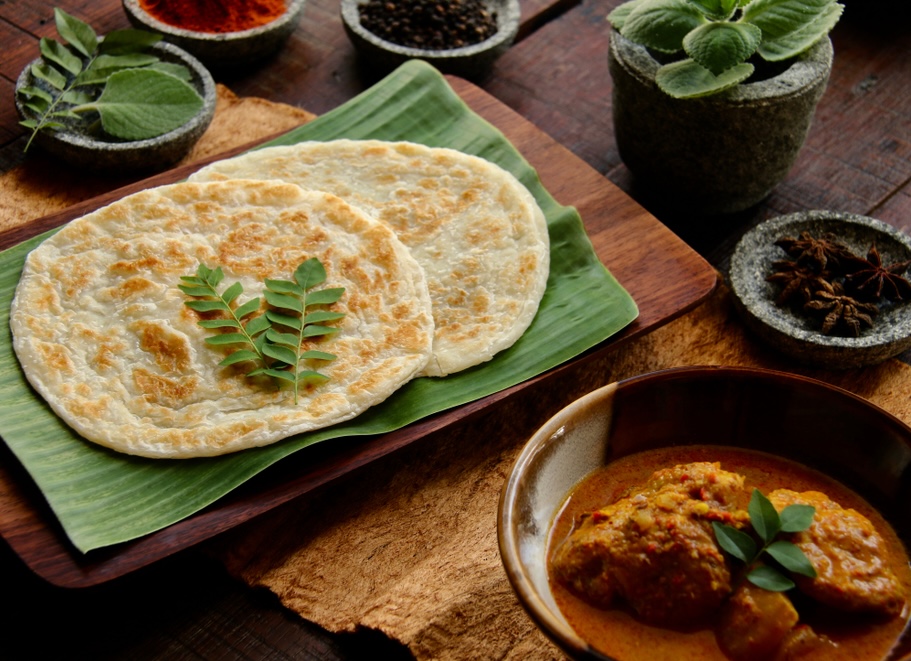
As important as it is to keep this love for their food culture burning among their citizens, their cuisine has also been an effective ambassador to tourists and their neighboring nations. Chef Malcolm Lee has put Peranakan cuisine on the culinary map with his award-winning restaurant Candlenut, which serves his modern interpretations of dishes he grew up eating at home. Some dishes though, he admits, are too precious for him to alter.
“The chicken curry is my mom’s recipe and a dish I loved to eat when I was growing up,” he explains. “It’s a core childhood memory.” In his high-ceilinged Dempsey Road location that offers the luxury of space in a densely-populated city, Lee showcases a cuisine one would find in a well-appointed Singaporean home, serving family-style to encourage a more relaxed (albeit still refined) dining experience.
In his Michelin-starred fine dining ode to Straits cuisine, Pangium, he weaves an intricate story that highlights his country’s trading history and cultural diversity through food. Located within the Singapore Botanical Gardens in a sleek and modern space wrapped in glass, allowing the verdant environment that surrounds them to act as living art, Lee gives his culinary heritage the elegant platform it deserves. When dishes like ngo hiang, pig’s brain gado-gado, and nasi ulam are served in this environment and as thoughtfully prepared and beautiful food, it becomes easier for foreigners to understand and appreciate.
While it is natural for different cultures to find it difficult to share common ground, food proves to be an effective conduit, something that Singapore has discovered and uses to its advantage. Ho points out that there is still much room for improvement, comparing Singaporean cuisine to its other effective diplomatic tools.
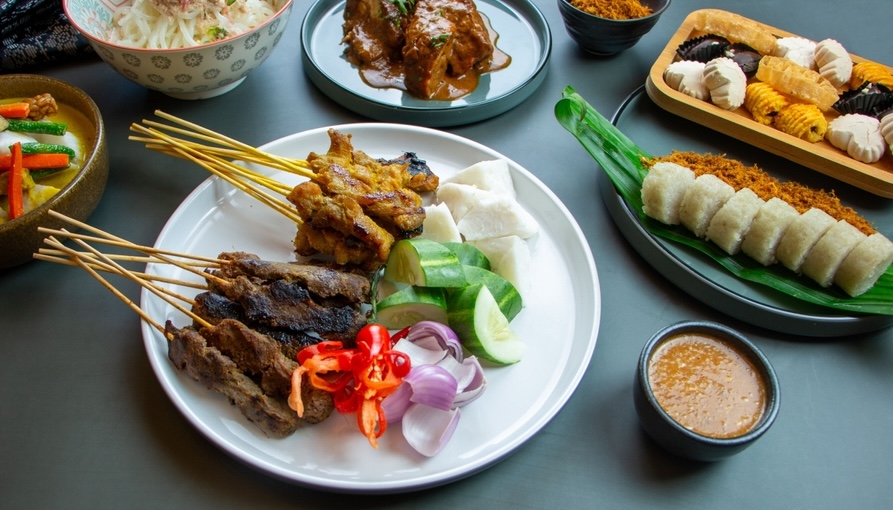
“However, I think it has some more room to grow,” he says. “For example, beyond the region there are no ‘Singapore restaurants and I feel that our embassies could do more to promote it systematically like the Japanese, French and Thais. In Singapore whenever we host foreign guests we will make it a point to showcase our local cuisine and culture, but the one that most of our guests remember is our ‘orchid diplomacy.’”
Surely, having a beautiful flower named after you is an honor a few will enjoy, but food memories and experiences are proven to be powerful motivators more than anything else. With Singapore tourism on a steady rise, it would be safe to assume that many guests not only look forward to taking in the sights but also having their fill of chicken rice and chili crab while visiting the modern and progressive city-state.
Related story: What you come to Singapore for is now in a single building
Related story: Michelin stars and cocktail jars: Your guide to SingaPob 2025 this month in Poblacion
Related story: Take a look inside Prada Caffè Singapore, the maison’s first bistro in Southeast Asia

